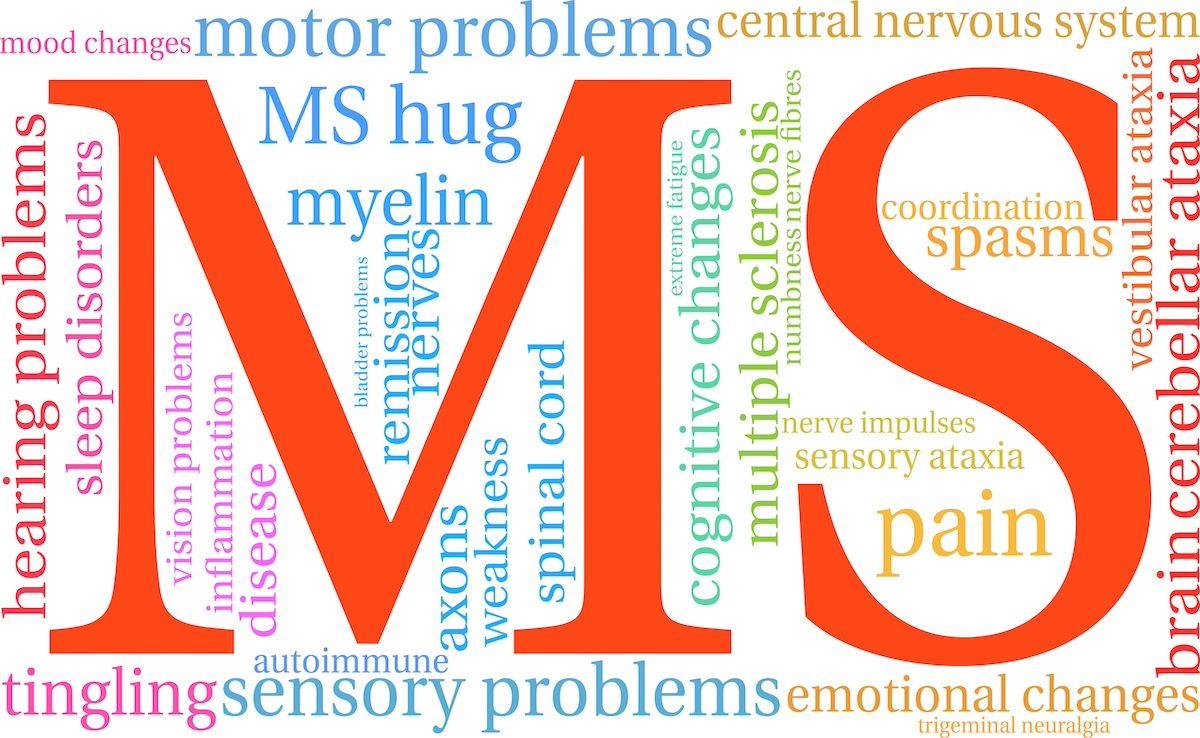Video
Data Fragmentation: A Barrier to Value Constructs
Bruce A. Feinberg, DO: Isn’t it really an issue of system fragmentation? It’s a system design or a system fragmentation that won’t allow us to get to the point that you would like to see us get to.
Michael Kolodziej, MD: I’d love to know what Alan’s constituency wants me to know about how we should have this shared decision-making discussion. But, in fact, if a patient comes in to see me, I can’t tell them what a toxicity profile would be for a patient who’s like that person. I can only tell them what a toxicity profile looks like for people in the clinical trial, or some population which may or may not be representative of that patient.
So, all of the value constructs that I mentioned lack some sort of patient-reported outcome—patient experience. I can’t tell the woman who’s sitting in front of me, “Your response rate is going to be 14.3% because that was the response rate in the clinical trial.” Of course that’s irrelevant for this specific patient for any number of reasons, including the high likelihood that she was not well-represented in the clinical trial, upon which all value frameworks are based.
Alan Balch, PhD: I think there lies the challenge of some of what we’re trying to do. The information we have, on which we base some of these value decisions now, are not reflective in many ways of the individual sitting in front of you. That is the problem we should try to be solving, and I think what we can do right now is have that conversation [with the patient]. You probably do this, and many oncologists do, but it’s not systematized or scalable in a way that makes sense and that can be repeated and reimbursed.
Talk about what you are concerned about when it comes to safety. Have that conversation [about safety] to help understand what’s important to that patient. What do we mean when we say progression-free survival? What do we mean when we say the tumor shrinks? Give them [the patient] that context for what we know about efficacy and safety, and have that conversation about what’s important.
Say to them, “We know from clinical trial data that you’re likely to have this side effect. I don’t know if it’s going to be the same for you, but this is what the best option for you looks like,” or “Here are 3 options based on what you said are some of the trade-offs,” and, somewhere in there, bring up the cost conversation.
Not every patient is going to want that kind of engagement or conversation, but I think we’re going to have to have it as long as we continue down this path of shifting the cost onto the consumer and, particularly, the patient. The patients, we said, are making serious trade-offs in their lives around their medical care versus their ability [to afford] the day-to-day cost of living.
James Gilroy: Going back to some of your comments, Dr. Kolodziej, is that the enhancement of that patient discussion, from what I understand, is actually the goal of the NCCN’s [National Comprehensive Cancer Network] Evidence Blocks, which is to talk about a specific value scoring tool.
So set aside the robustness, or lack thereof of the inputs to the Evidence Blocks themselves, and think about what the intent is. There’s a big difference between that and ICER [Institute for Clinical and Economic Review], and what ICER is looking to try and accomplish. ICER’s customer, in my opinion, is you, as the payer.
Michael Kolodziej, MD: I totally agree. I think ASCO’s [American Society of Clinical Oncology’s] Value Framework and the NCCN Evidence Blocks are built toward a shared decision-making perspective. The drug advocates in ICER are [worried] about how much your drugs should cost at the time of release, given quality-adjusted life years or whatever metric you wish to use. It’s very different.
Ted Okon, MBA: Let’s not forget the fact that there have been a lot of good strides made already in oncology, especially on the community side. Look at the oncology medical home—a number of individuals have been involved with that. Literally, you’re talking about measuring quality and value. You’re talking about the fact that we have 9 practices in this country which were accredited as an Oncology Medical Home. That required them to do things like be open or available 24/7, so that a patient doesn’t go to the hospital for hydration on a weekend; [instead], the patient goes into the clinic. It has required them to rethink. I’m not saying that it’s perfect now, but there have been a lot of strides.
A lot of work has been done—even looking at things like the patient experience. Certainly, Alan has his tool, which is different from the COA [Community Oncology Alliance] tool, which has been administered now over 70,000 times and has forced oncologists to think about the things they normally don’t think about—like “How long am I keeping the patient waiting?” and “What does the patient think about me?”
That can lead to the back end, as well as when you talk about the treatment. So I think we should not ignore the fact that there’s a lot that’s been done already.





